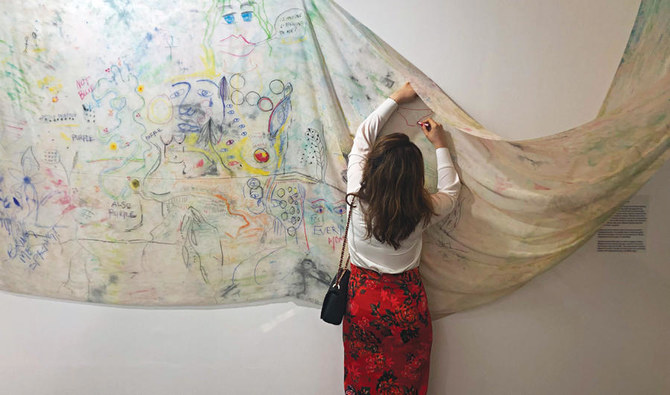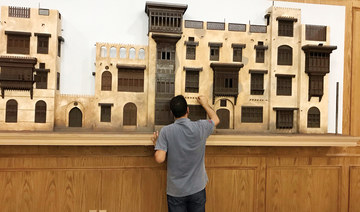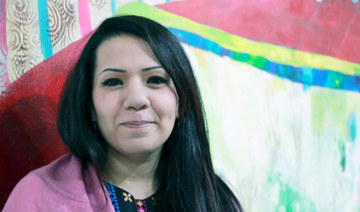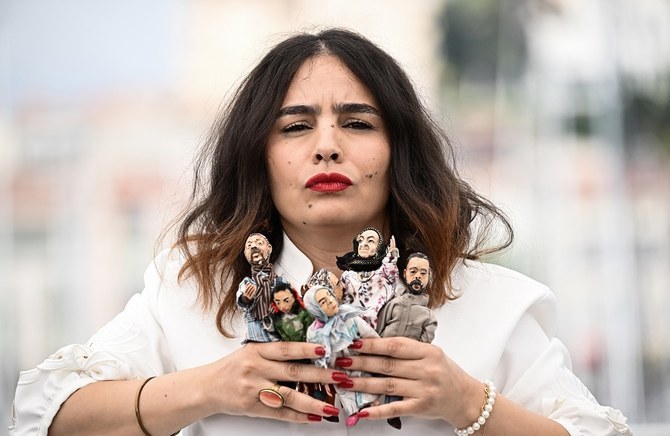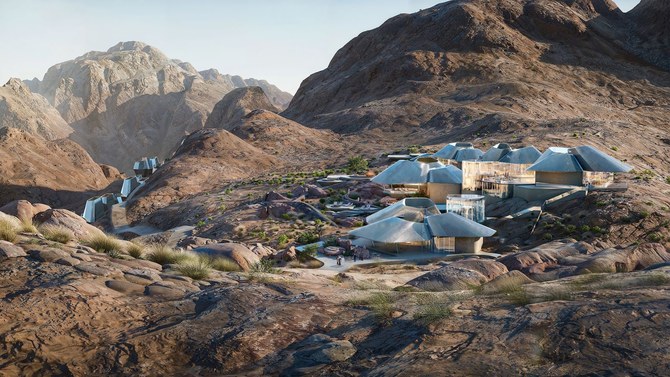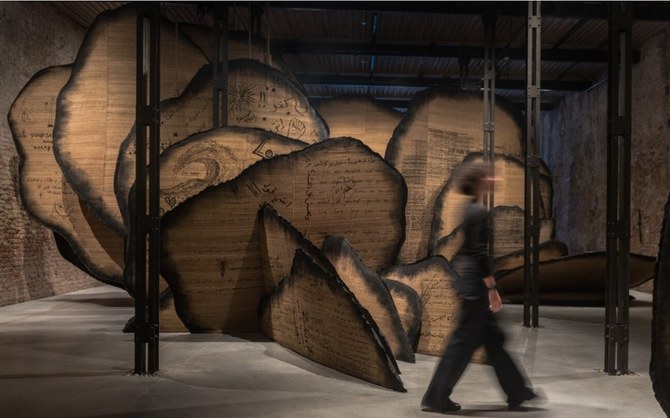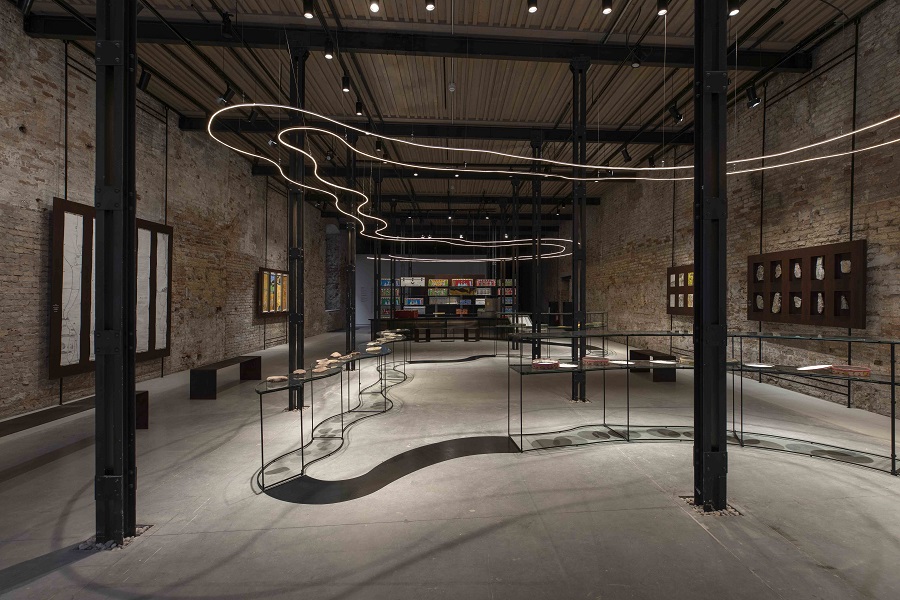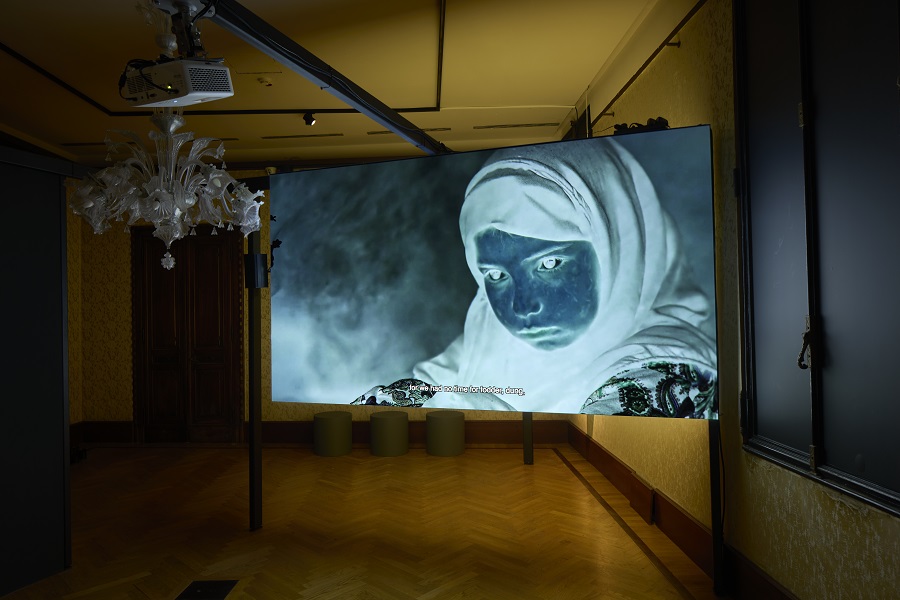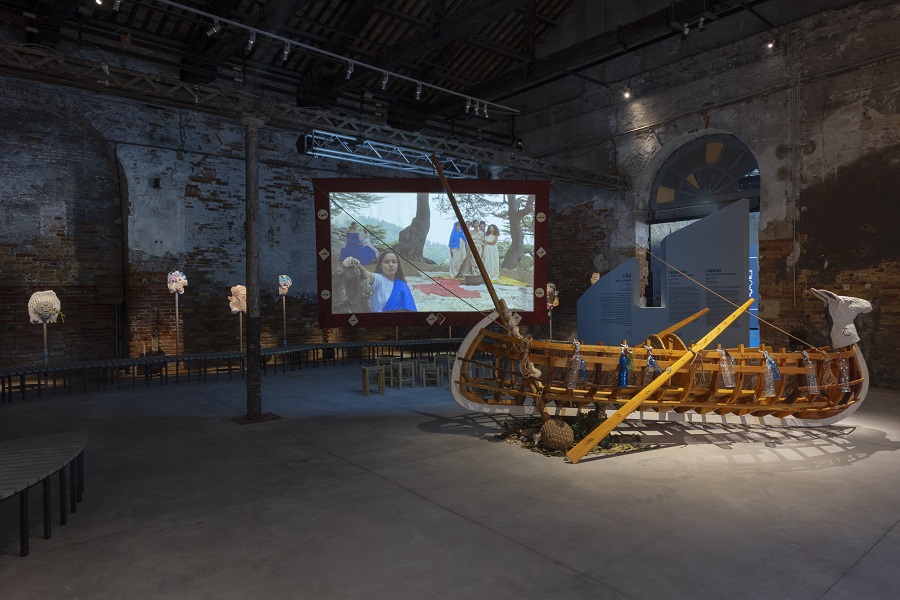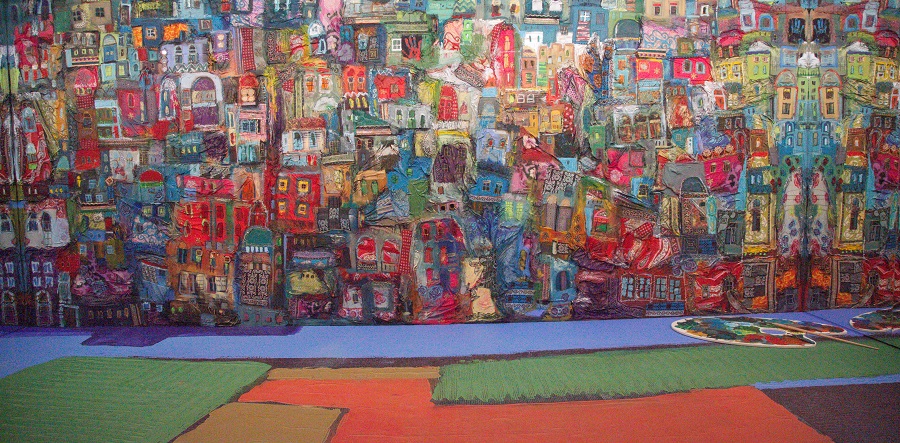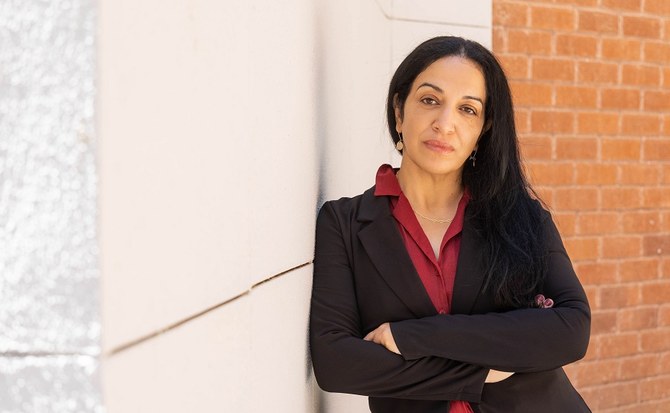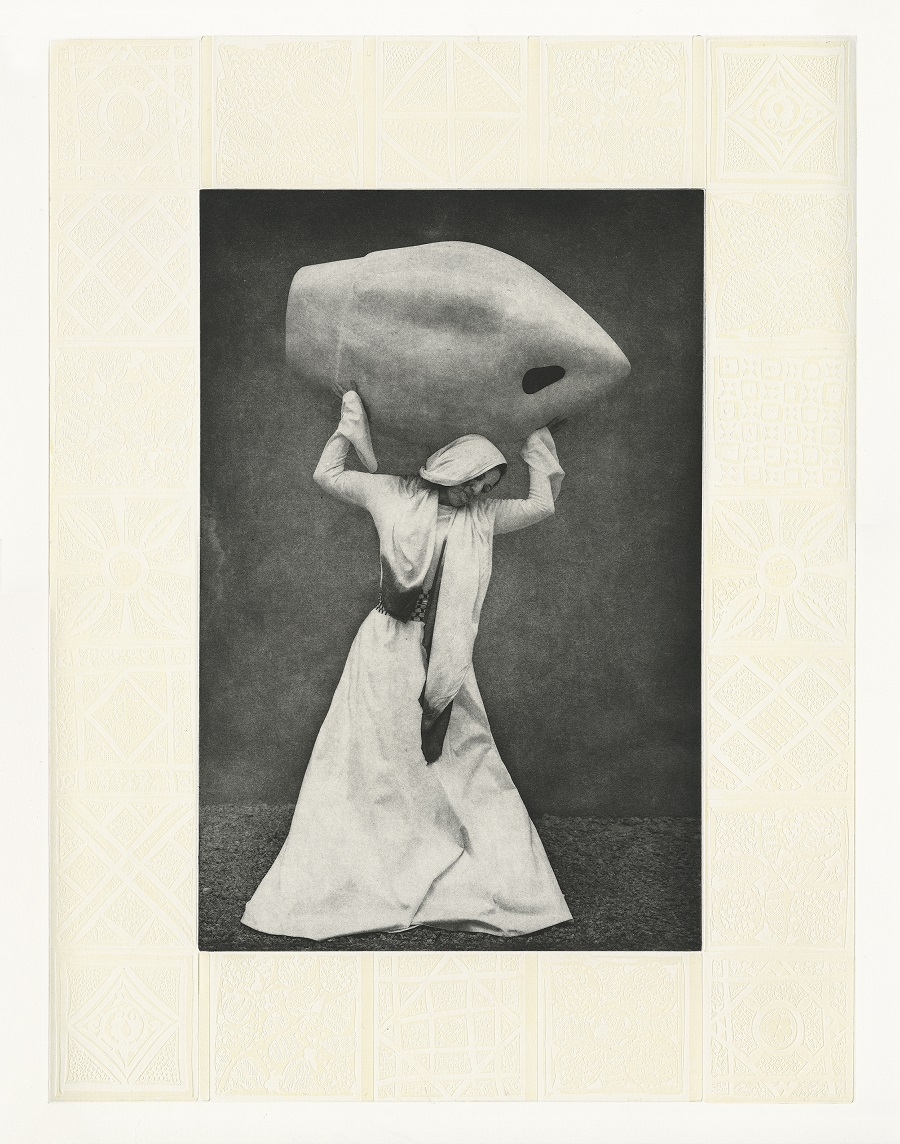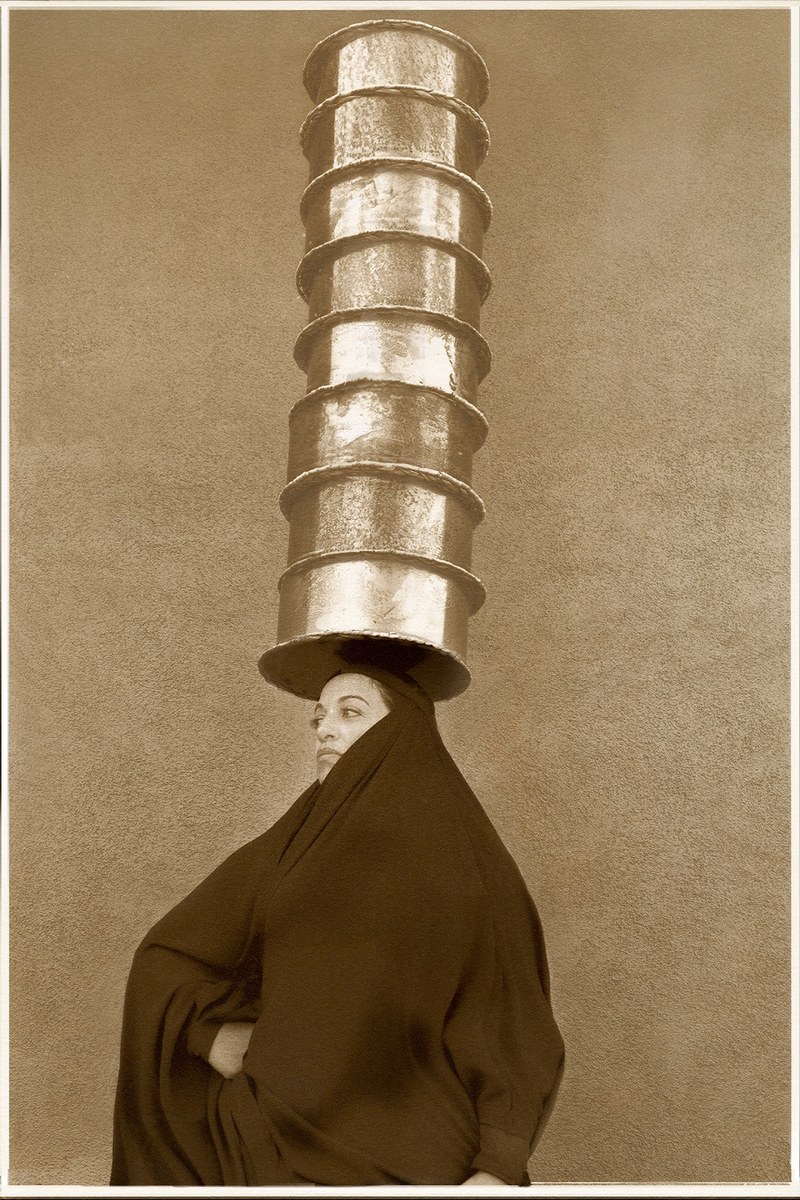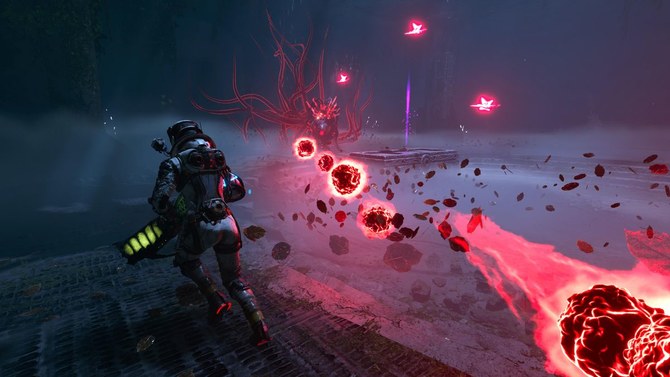DUBAI: Sara bin Safwan founded the Banat Collective in 2016 to connect with other like-minded people, championing
their art through the group’s website, banatcollective.com.
The group aims to help society to rethink the way women of color are perceived by showcasing contemporary art, poetry and other writings. The collective publishes artistic works in print and online and hosts events aimed at spreading awareness and encouraging debate.
“A lot of the artists are young and emerging and never had the chance to be either exhibited or publicized, so we interview them to offer a critical, insightful look at their work,” said Safwan, 25.
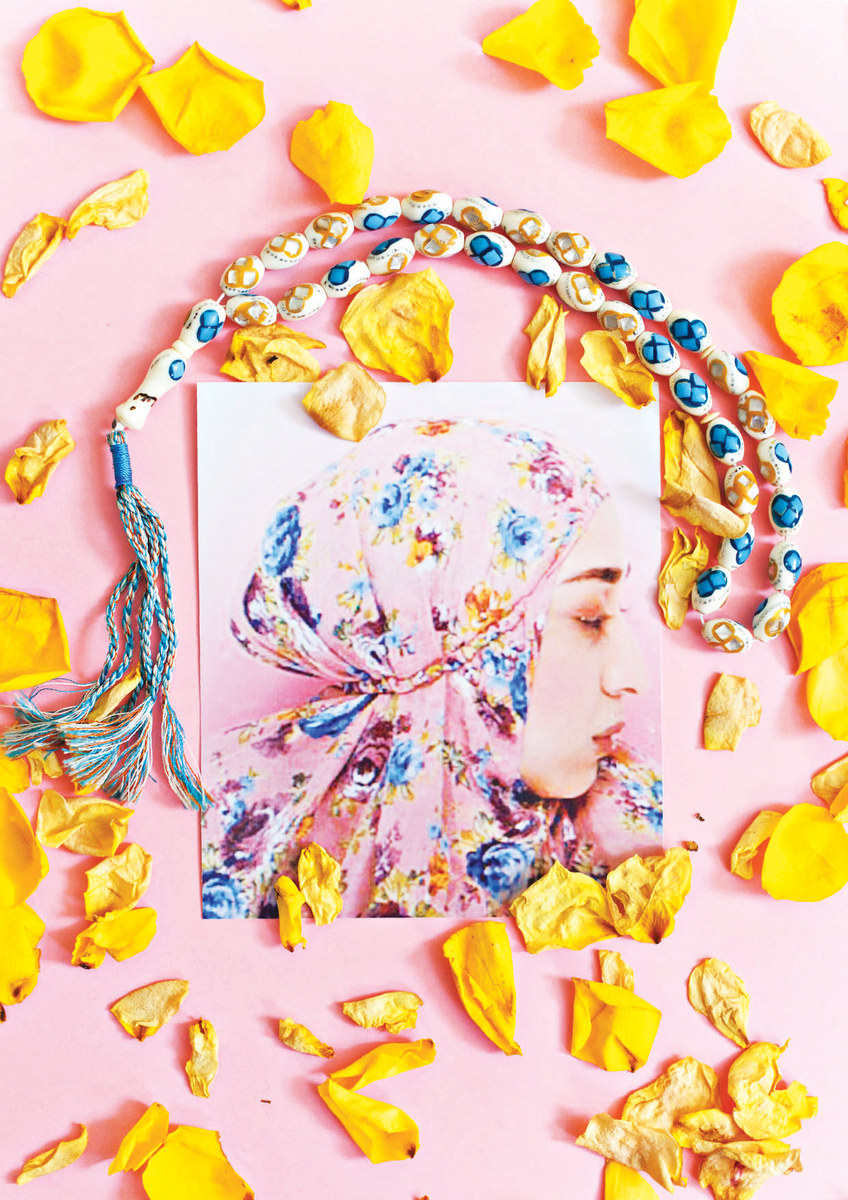
Now an assistant curator at Guggenheim Abu Dhabi, Safwan graduated from London’s world-famous Central Saint Martins college in 2015 with a degree in culture, criticism and curation.
It was while studying in Britain that she developed a keen interest in post-colonial theory; the Banat Collective focuses on themes relating to both womanhood and intersectionality, which is an analytic framework to identify how interlocking systems of power impact those most marginalized in society.
“The mission is not only to connect artists but open up discussions about Arab womanhood in the region, because there’s not necessarily any other place to do so. We do that through art, poetry and other writings,” Safwan said.
“I use the word ‘womanhood’ to make it a more accessible term because if I use ‘feminism,’ it’s a very politically charged word that has almost been tainted by Western ideologies. And those Western ideologies don’t necessarily fit within our context as Middle Easterners.”
“In the Middle of it All” is the collective’s debut publication. Released in 2018, the book is a 31-artist collaboration of visual art, writing and poetry. Our book is a means to help us stand out — it’s thoughtfully curated and tackles a specific issue, which is ‘coming of age’,” she says.
“It’s a notion that’s taboo in the Arab world and either unheard of or misunderstood. It was a chance for female artists to tell their own story.
“Throughout the book, we go through many topics such as puberty, identity, sexual harassment and abuse, sisterhood, motherhood, beauty standards and all these other societal expectations.”
The collective held its first exhibition as part of March’s Art Dubai fair, showcasing a short film, “Ivory Stitches & Saviors” by member Sarah Alagroobi, which she describes as an “unflinching glimpse into identity, colonialism and whitewashing.”
Says Safwan: “It’s a tribute to all women of color who have been marginalized and, all too often, erased.”
Another work by Palestinian-Canadian artist Jana Ghalayini is comprised of a 26-meter-long piece of chiffon on which visitors can draw with chalk pastels in response to questions posed by the artist including “How does your environment affect your identity?”
Safwan adds: “The themes we explored were vulnerability and community — it was a way to introduce ourselves in person because previously we only had an online presence.”
Born and raised in the UAE to Honduran and Emirati parents, Safwan is now working with Alagroobi and Ghalayini to brainstorm ideas for future projects that include a podcast series on the notion of shame. The collective is self-funded and run by volunteers.
“I hope there will be more opportunities to showcase our work and collaborate with others. This year, we will be publishing more content,” Safwan said.
This report is being published by Arab News as a partner of The Middle East Exchange, which was launched by the Mohammed bin Rashid Al Maktoum Global Initiatives and the Bill and Melinda Gates Foundation to reflect the vision of the UAE prime minister and ruler of Dubai to explore the possibility of changing the status of the Arab region.





